“Now! Now! Now!” Tom Radandt exclaimed as he kicked his feet, which was all that could be seen poking out of the black bear den. Immediately he was pulled from the den by the ropes tied to his ankles.
As the biologists quickly covered the entrance with a tarp, Radandt explained that the yearling climbed over him as he was getting ready to cut the collar off the female black bear. Retrieving a collar off a female black bear can be exciting when she is sharing a den with two yearlings.
“Den work is always interesting, you never know,” said Wayne Wakkinen, IDFG biologist.
Radandt, Wakkinen and Justin Teisberg were retrieving the GPS collar as part of a study on black bear habitat around McArthur Lake. Only two of the 16 collars didn’t drop off as scheduled on Oct. 1, so they needed to be manually removed if the bear dens could be accessed.
“The nice thing with black bears is you can go in the dens,” said Wakkinen. “The bears will be awake when you dig up the den but they will be lethargic. You don’t go into grizzly bear dens. They seem to be more alert and it usually doesn’t go well.”
Biologists use drugs to sedate black bears. They are the same drugs veterinarians use on dogs before surgery explained Radandt.
If the release mechanism on the collar doesn’t work and you can’t get to the den, the canvas spacer on the collar will eventually rot, causing the collar to fall off, explained Wakkinen.
The collars are typically scheduled to drop off within two years because that is the battery life of the collar. The GPS-equipped collars record the location of the bear every 60 minutes. Unlike older collars where data could only be downloaded with the collar in the office, the new collars can download data remotely. In this study, Wakkinen used an airplane and telemetry to find the bears every couple of weeks and then circled while the data downloaded onto a computer in the plane.
The biologists still try to retrieve the collars even though they have the data because they can refurbish them.
“A lot cheaper to rebuild than to buy new stuff,” said Wakkinen.
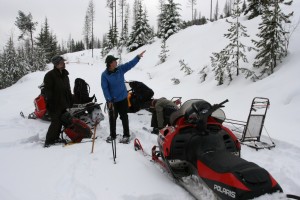
Retrieving collars in the fall after they drop-off is usually easier then reaching the den in winter.
Later this spring when all the data is compiled, Wakkinen will be able to see where the sixteen bears spent their time in regards to habitat. Knowing what type of habitat the black bears utilize will help him make recommendations to the Idaho Transportation Department on where the bears will most likely cross the highway.
The bears in this study were trapped in the spring and summer of 2011 within three miles of McArthur Lake. Wakkinen explained they use leg-hold snares and check the traps once or twice a day depending on the weather. The goal was to trap bears that had an opportunity to cross the highway.
A concurrent study is taking place at Lookout Pass with the same goal of determining potential highway crossings areas said Wakkinen.
“We don’t have to have the bears cross the highway but if we get highway crossings, all the better,” said Wakkinen.
Black bears have a small home range, roughly five to ten square miles, explained Radandt, USFWS biologist. Therefore, trapping black bears around McArthur Lake provides the biologists a better chance of seeing what habitat they use in the area near the highway.
A female grizzly bear has a home range of 90-100 square miles. Black bears are smaller and don’t need as large of an area for food explained Teisberg, USFWS biologist.
“They are reliant on the huckleberry crop,” said Wakkinen. “They will travel more in bad berry years.”
“The population seems to be stable,” said Wakkinen. “The harvest rate of black bears is surprisingly low. The harvest rate is five to eight percent, maybe 10 percent.”
In Boundary County, black bear density is approximately one bear per two to three square miles. Over by Priest Lake, the density is closer to one black bear per square mile explained Wakkinen.
Black bear research has advanced with technology. When the collars first were used the biologists had a good year when 30 data points a year were collected. Now, the GPS collars can provide at least that many data points a day, providing a wealth of information on habitat, density and movements.
And when technology doesn’t work, it sends a biologist into a black bear den with a sow and two yearlings to retrieve a collar.
For more information and photos on black bear hibernation and my adventure into a bear den, read “Looking inside a black bear den“.

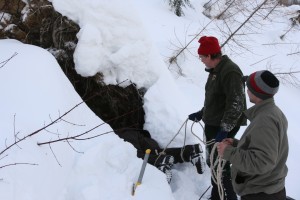
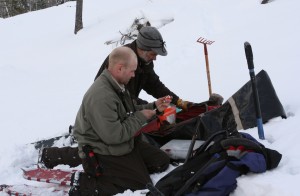
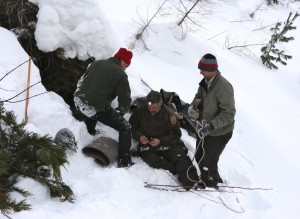
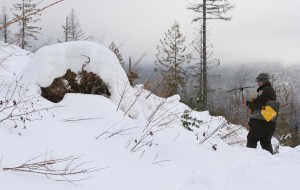
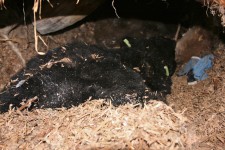

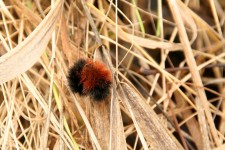
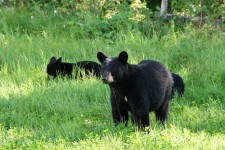
Keep functioning ,impressive job!
whoah this blog is great i like reading your posts. Keep up the great work! You recognize, many persons are searching round for this information, you can help them greatly.
I like the valuable kalysdi information you provide in your articles. I’ll bookmark your blog and check again here frequently. I’m quite sure I will learn plenty of new stuff right here! Best of luck for the next!
Hey! I just want to give a huge thumbs up for the good information you will have here on this post. I will be coming back to your blog for extra soon.